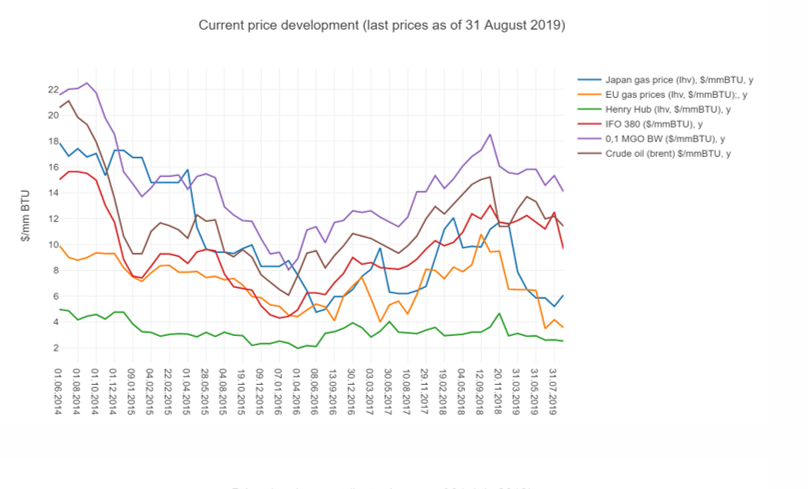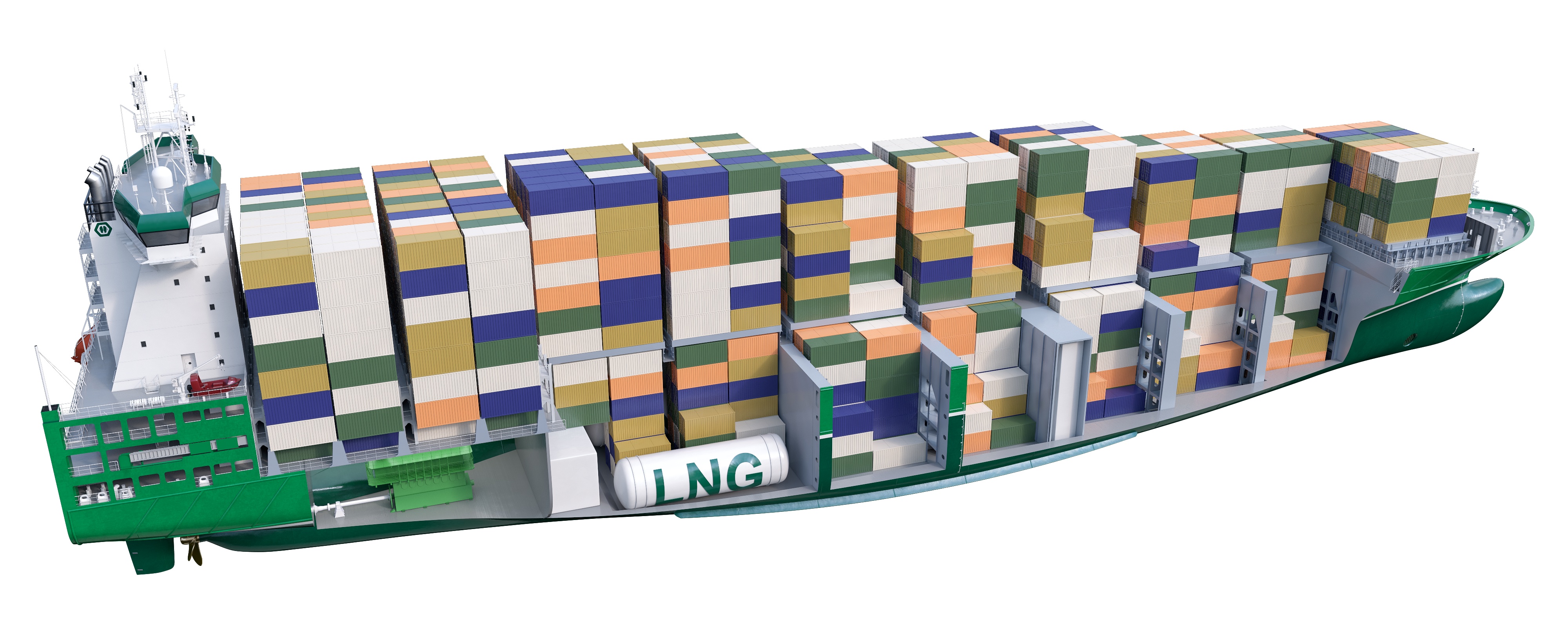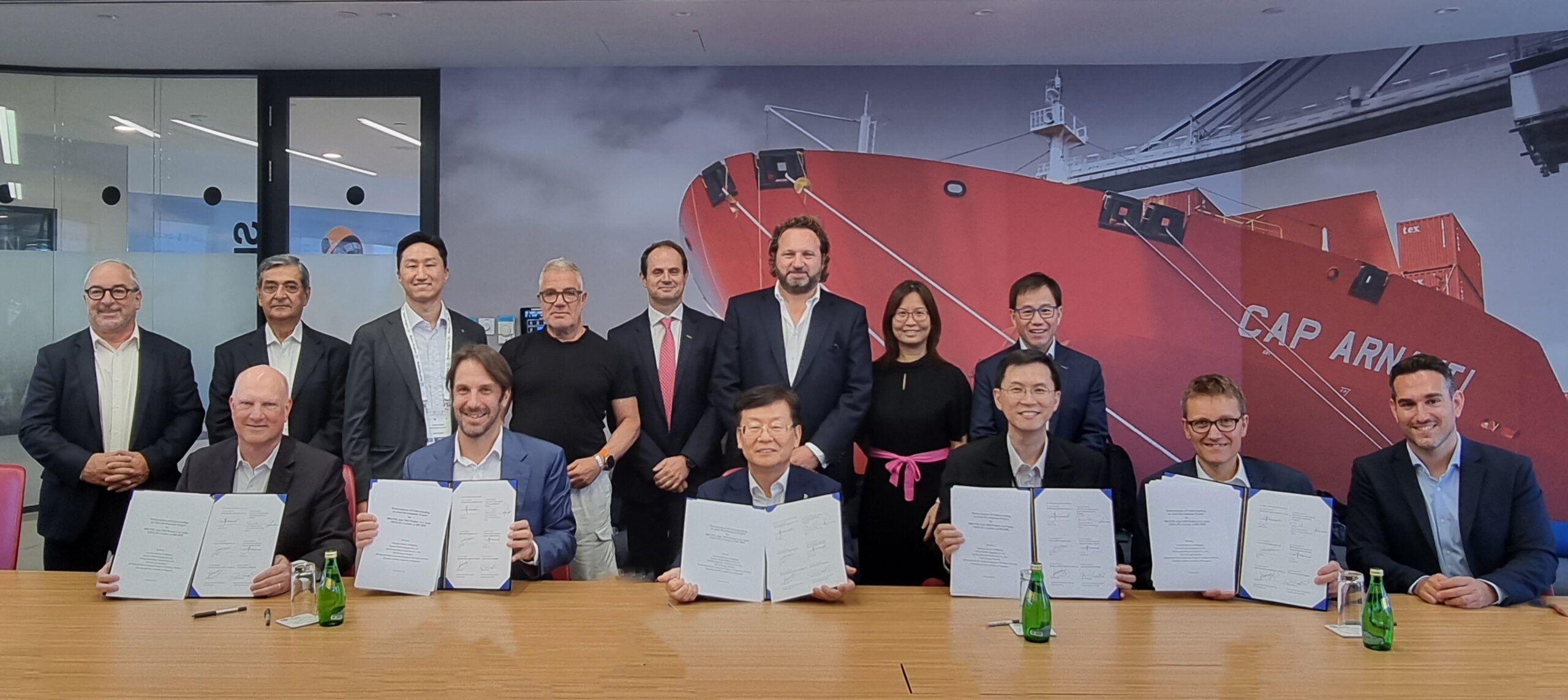DNV GL’s recent prediction that LNG-fuel will dominate in the future is alarming for environmental groups seeking a dramatic and immediate decarbonisation strategy. However the group’s predictions were wrong before. But would LNG-bunker price transparency have helped attract more owners to LNG?
Until now, the growth of liquid natural gas as a marine fuel has been a lot slower than experts were predicting in 2012, when the class society DNV GL published its first forecast suggesting a global fleet of around 1,000 vessels by 2020.
That has not happened, and despite the recent focus on the fuel, there’s still less than 220 vessels in the water according to Sergey Ivanov, director at Mabux, the Marine Bunker Exchange, a Sweden-based forecasting and pricing consultancy for marine fuels including LNG.
One problem for shipowners wishing to take a serious look at building vessels that are gas-powered and feeds into the original predictions not being met, is the lack of transparency with regards pricing he says.
Mabux is building algorithms to try and take the guess work out of this for shipowners, but Ivanov said it is not easy – the LNG fuel suppliers don’t want to be that transparent. This of course stops the development of an open spot market, such as one sees in the main bunkering hubs around the world where existing bunkers such as fuel oil, gas oil and ultra-low sulphur fuels can be found.
Another key factor in the evolution of LNG as a marine fuel is the pricing of natural gas, which is where LNG is clearly from. Natural gas is linked to different pricing mechanisms or indexes around the world. There is the Henry Hub in the US, and in Europe gas can be linked to the Brent Crude prices as well as gas futures indexes such as the Dutch TTF (Title Transfer Facility) Gas Futures index, The UK NBP (Natural Balancing Point) and the Zeebrugge Platform .

There are also different pricing mechanisms in Asia (including the JKL).
Ivanov believes there would be a lot more gas-powered vessels on order and on the water if pricing was more transparent, especially with what he calls the variable figures, the additional and changing costs that suppliers add to prices for the cost of delivery. This means one LNG-powered vessel user can be paying significantly more than another.
This is why Ivanov suggests there is a clear need for an LNG bunker index, pointing to the need for the algorithms and formulas to achieve that.
“Owners need a clearer picture on their desk,” he said. “They should put more pressure to get transparency.”
But despite this concern about price transparency, gas is cheaper than 10 years ago, so both parties, the buyers and sellers need to be more flexible with their pricing arrangements. And if there was more transparency then there would be more orders, and the global fleet of LNG powered vessels would grow more rapidly.
Three weeks ago DNV GL revisited its prognosis on LNG fuel take up in shipping, again predicting significant growth, notably, it said, now that LNG-fuel was now being perceived as suitable by some deep-sea operators of larger tonnage.
DNV GL’s predictions now put a shadow over the industry’s ambitions to significantly decarbonise by 2050 as it suggests that by that date LNG will have become a dominant fuel.
It is worth remembering that LNG emerged as a marine fuel in Norway as regional and local shipowners responded to the country’s NOx emission rules about 20 years ago. It then grew as a fuel in the emission control areas of Northern Europe and then North America where sulphur in fuel restrictions became 0.1% in 2015.
LNG is seen as a fuel to meet the global 2020 (0.5% sulphur in fuel cap). The Dutch/British oil major Shell has predicted that up to 3 million barrels of high sulphur fuel oils will need to switch to ultra low sulphur fuel oils or other fuel mixtures. The oil major has a significant programme to ramp up natural gas supplies.

































